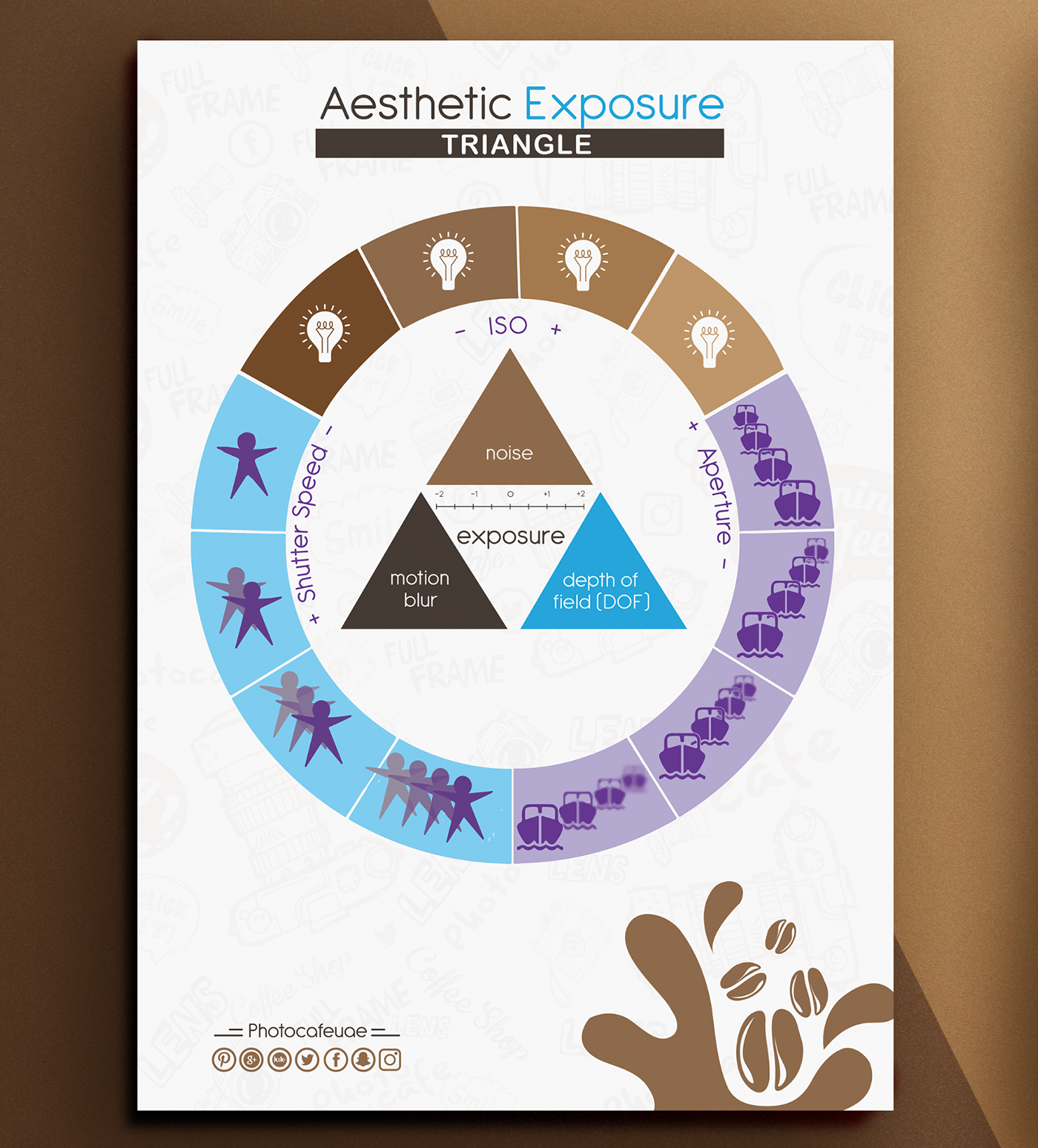What Every Photographer Needs To Learn About Lighting
What Every Photographer Needs To Learn About Lighting
Blog Article
Authored By-Caldwell Godwin
As a photographer, you know that lighting can make or break your pictures. Understanding the subtleties of both natural and artificial light is crucial for capturing the mood and clearness you go for in your work. Whether you're chasing the excellent golden hour glow or fine-tuning your man-made setups, grasping these components can boost your digital photography considerably. However there are common risks that many ignore, and acknowledging them can change your strategy to every shoot. Let's discover what you could be missing out on and just how it can influence your results.
Comprehending All-natural Light
Recognizing natural light is essential for any digital photographer looking to enhance their job. It's the structure of terrific photography, affecting state of mind, tone, and quality. When you shoot outdoors, pay attention to the time of day. The gold hour-- quickly after sunrise and prior to sundown-- uses soft, cozy light that can transform regular scenes right into stunning pictures.
Do not ignore the power of cloudy days. Cloud cover diffuses sunlight, creating a soft, even light that's best for pictures and macro photography. You'll find colors appear this kind of lights without harsh darkness.
Positioning issues, as well. Always consider your topic's orientation to the source of light. If the sun's behind your subject, you might end up with a silhouette, which can be significant yet mightn't be what you want. Conversely, direct sunshine can develop unflattering shadows.
Trying out angles; occasionally, altering your viewpoint can yield remarkable outcomes. Usage mouse click the following article -natural reflectors, like water or sand, to bounce light onto your subject, adding dimension.
Learning Artificial Light
Understanding fabricated light is vital for digital photographers who want to take their skills to the next degree. Whether you're utilizing speedlights, studio strobes, or continual lights, comprehending exactly how to control these sources can drastically boost your pictures.
Begin by familiarizing yourself with the basics of light quality, direction, and shade temperature level. https://writeablog.net/dusty832spencer/essential-photography-gear-what-you-really-need-to-get-started with various modifiers like softboxes, umbrellas, or grids to regulate the gentleness or cruelty of the light.
You'll find that soft light usually produces complementary results, while harsher light can include drama and deepness. Do not shy away from darkness; they can improve the three-dimensionality of your subjects.
Pay very close attention to the positioning of your lights. A light located too close to your topic can produce uncomplimentary results, while too far can lead to a lack of detail. Utilize a light meter or your electronic camera's histogram to ensure you're exposing properly.
Finally, bear in mind that artificial light can be mixed with ambient light for creative impacts. Stabilizing these resources might take practice, but once you grasp it, your photography will truly beam.
Strategies for Different Situations
When you enter various shooting circumstances, adjusting your lights techniques is important for capturing the most effective photos. For exterior portraits, utilize the gold hour-- early morning or late afternoon light-- to soften darkness and improve complexion.
If it's a harsh lunchtime sun, consider making use of a reflector to bounce light back onto your topic or seek shaded areas for an extra also direct exposure.
In low-light situations, like indoor events, boost your ISO and utilize a wide aperture to allow in even more light. A tripod can assist get rid of video camera shake, allowing for longer direct exposures without blurring.
If you're contending night, trying out off-camera flash to create dynamic lights and deepness in your images.
For item photography, utilize diffused illumination to prevent severe representations. Softboxes or light camping tents can assist attain this effect.
When photographing landscapes, take into consideration the direction of light and time of day, as it can substantially alter the state of mind of your shot.
Constantly be ready to readjust your settings and positioning based on the scenario, as flexibility is vital to understanding illumination in digital photography.
Final thought
To conclude, mastering lighting is crucial to elevating your digital photography abilities. Embrace all-natural light's elegance throughout golden hour, and don't avoid trying out man-made light methods. By adjusting your strategy to different scenarios, you'll catch stunning images that reverberate with feeling and clarity. Keep in mind, the right illumination can transform an ordinary shot into something amazing, so maintain practicing and refining your understanding of both natural and fabricated light. Happy shooting!
